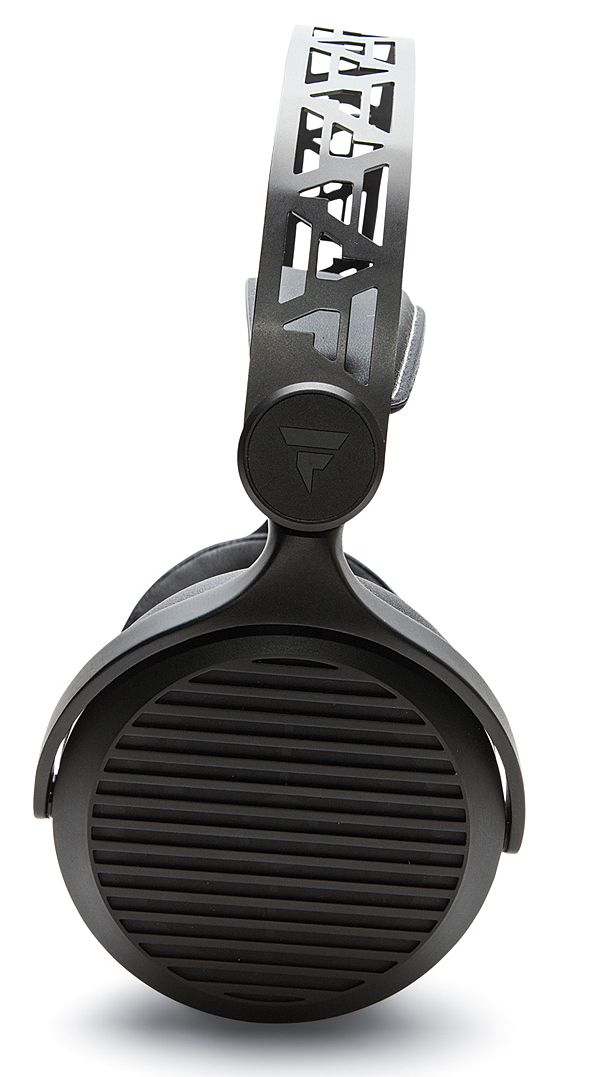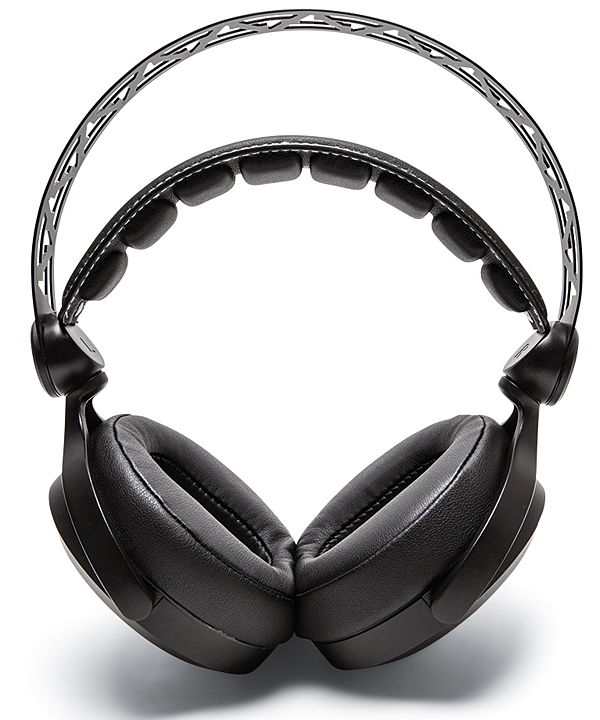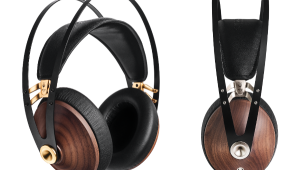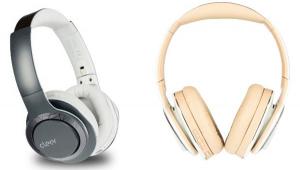Tidal Force Wave 5 Headpones

AT A GLANCE
Plus
Open-back, planar magnetic design
Solid build quality
Handsome look
Minus
Can sound bright
THE VERDICT
These Tidal Force headphones face stiff competition from other comparably priced planar magnetic designs.
Tidal Force is a brand spanking new headphone company, and at the time I started working on this review, the Wave 5 was their one and only set of headphones. They’re off to a good start; build quality is excellent, and the mostly metal design felt great in my hands.
I review so many headphones and spend time with so many more, I can’t keep track of them all. Upon opening the box, I had a déjà vu feeling about the Wave 5; it seemed very familiar. And then it hit me: It reminded me of the Monoprice M560 headphones I heard at a hi-fi show. I immediately went to Monoprice’s website to confirm the hunch, and sure ’nuff, they looked like near twins. Then I checked the M560’s specifications and noted that the M560 and Wave 5 both feature 56mm planar magnetic drivers, neodymium magnetics, 42-ohm impedance, and similarly well-made earcups and pads. There was one big difference, though: The M560 can be used as a closed- or open-back headphone, while the Wave 5 is open only. Oh, and the M560 retails for $199, $100 less than the Wave 5.

Just because they share similar specs and overall design doesn’t mean they sound the same. In fact, Tidal Force says that while the two headphones share similar industrial design, both the outer and inner earcups on the Wave 5 are improved over the Monoprice and that customization of the planar drivers results in better bass response and soundstaging. While I didn’t have the M560 on hand, I did have a pair of the $299 HiFiMan HE400S planar magnetic headphones, which are comparably priced with the Wave 5. So I spent some time comparing these two.
The Wave 5 comes with a nicely finished semi-hard zippered carry case. The headphones sport detachable 70-inch-long, nicely finished Y cables that plug into each earcup with a standard 3.5mm plug. The other end of the cable has a 3.5mm plug and a 6.3mm adaptor plug.
I used a Little Labs Monotor headphone amp for most of my listening tests at home. Starting with Pink Floyd’s trippy “Set the Controls for the Heart of the Sun,” the Tidals unleashed a huge, reverberant soundstage that encircled my head. With the HE400S, the swirling image was sharper in focus, wider, and more spacious. The Wave 5’s treble was brighter and more forward, while the HE400S’s top end was sweeter and more laid-back. The bass was a little lighter in weight and less well defined on the HE400S, and bass transients were clearly better on the Wave 5. On the other hand, the HE400S headphones are a better-balanced design, and they were more comfortable (sonically) to listen to; I found the Wave 5’s aggres- sive edge fatiguing over time.

When I started listening with my iPhone 6S, the differences between the two headphones intensified, with the Wave 5 becoming brighter and bassier and the HE400S smoother in its tonal balance. The Wave 5 ’phones were easier to drive, so they could play louder; there were times the HE400S didn’t play quite loud enough, even with the volume set to max. Overall, I’d call it a draw.
If you listen to Eric Clapton and B.B. King’s Riding With the King album with a great set of headphones, you can’t help but feel that the two legendary guitar slingers relished every second of the ses- sions. I did with the Wave 5 as well. The tune “Key to the Highway,” which Clapton first covered on his Derek & the Dominos record in 1970, is taken at a slower tempo, but the acoustic picking is tastier. The Wave 5 left no doubt about that!
The Wave 5 is just the beginning for Tidal Force headphones; in-ear, high-end, DJ, and pro models are coming down the pike. A Tidal portable high-end music player is also in the planning stages.
- Log in or register to post comments





























































